QuestionHi Denise,
I have a 12year old Fox Trotter and i use him for trail riddig we both love the challange of it. When i bought him he had not been taken on many trails let alone ridden. Once i got him to the point where he trused me he would do almost any thing i asked BUT when he is out on the trail or in the corn field he will see a dark spot or a puddle and slam on the brakes no matter what the speed and either stare at it or back away from it and try and go around or just leave the other way. I can not for the life of me get him to calm down about it i will get off and let him look at it and smell it and show him it will not hurt him. He will be fine with that black (dark) spot but the next one he will do the same thing all over again. I have worked him over black tarps to see if that will help he will do fine but out on the trail it dose not seem to matter. The water is not a big of a deal if he sees another horse go in then he is right there with them but by himself he would not even try to go through it. I have done everything i can think of i am just not sure where to go from here.
AnswerHi Chelsea!
This is pretty simple, it boils down to a matter of respect and leadership. Too much is being left up to your horse. He gets to decide to stop and turn around. Don't let him. If you see a dark spot keep him faced up on it do NOT allow him to turn around. The answer and the release of pressure is to go forward! My guess is that you are just as willing to give up and give in to his wishes for a whole lot of reasons. Fear is a big one, not being sure you can ride what the horse is about to dish out is another. Again this is fear. I totally understand!
When you FEEL your horse is starting to shut down, send him FORWARD and mean it! Never let him turn tail to the scary thing no matter what it is. If you are trying to cross a dark spot you can keep his face going forward and yield his hind quarters to the left and to the right, keep paralleling the scary spot. Let me see if I can explain this just a bit better...Say I'm walking down the road and there is a mud puddle in front of me and my horse is scared, I will turn to the right and walk parallel to the puddle with my horses head straight which means that he will be seeing the puddle out of his left eye, when I get to the edge of the road, I will comb down my left rein and disengage his hind quarters, that means his left hind foot will reach up and under his body and step to the right while his head is bent to the left. I will yield the hind quarters until they are just a step closer to the puddle and I will walk off to the left. When I reach the edge of the road, I will comb down my right rein and bend my horse deeply while I am adding my right leg back toward the flank and disengaging the hind quarters. The hinds will go to the left and get closer to the water, while the fronts go back to the right. I will continue to do this until the HIND feet are stepping into the water. I will open up for just a second too see if my horse is willing to go forward and cross, if not I will continue with front quarters, hind quarters all the way across if necessary. This will work great with a "spot". You can do the same thing crossing a creek or stream. It is a bit more difficult with ditches or things you have to step over or down.
Your horse is getting more security from another horse than he is from you. You will have to work on being more important to him and a better leader! OUCH, I know that hurts to hear sometimes, but that is just how it is. I want you to watch the "Ground Work" DVD by Buck Brannaman. You are missing some things in your education and what you will see will really help you and your horse. If you are able to do everything you see in Buck's DVD, your spooking days will be over. Give me a shout and let me know how things are going. Remember, your horse is never wrong. Feel what your horse is feeling and operate from where your horse is. Be a leader he can trust, he deserves it!
Smiles, Denise

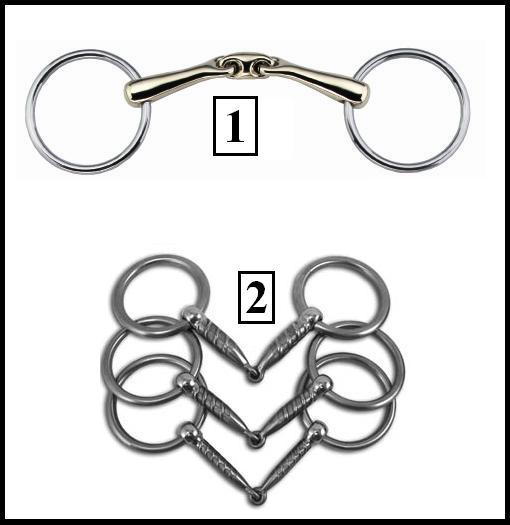 O ring snaffles
Question
O ring snaffles
hello, in this picture i have
O ring snaffles
Question
O ring snaffles
hello, in this picture i have
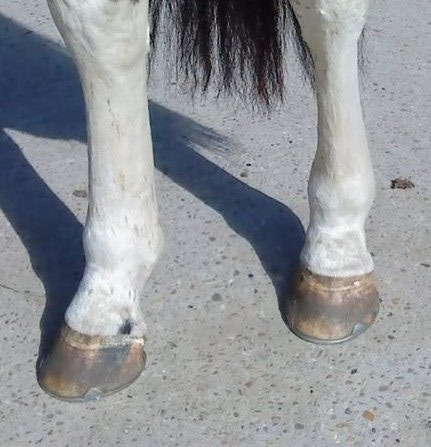 legs filled up
Question
image 1 image 2
hello Brittney. m
legs filled up
Question
image 1 image 2
hello Brittney. m
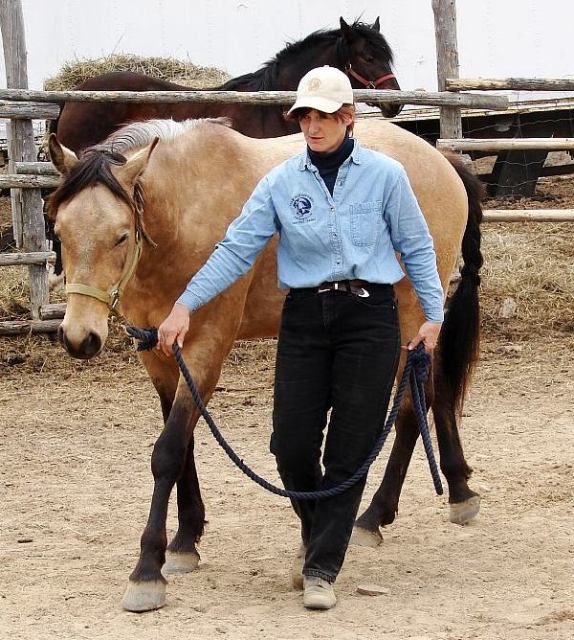 Arabian Mare
QuestionI have had a large dog coming onto my property
Arabian Mare
QuestionI have had a large dog coming onto my property
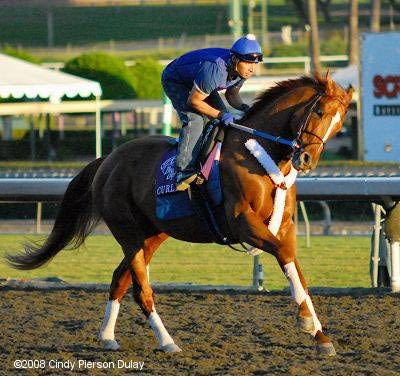 horse resisting
Question
resisting
hello maam, is this horse re
horse resisting
Question
resisting
hello maam, is this horse re
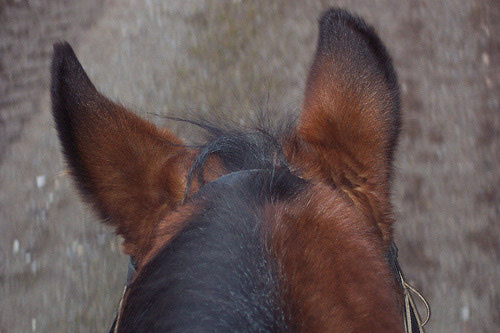 concentrate on ears
Question
horse ears
hello sir, while trotting a
concentrate on ears
Question
horse ears
hello sir, while trotting a